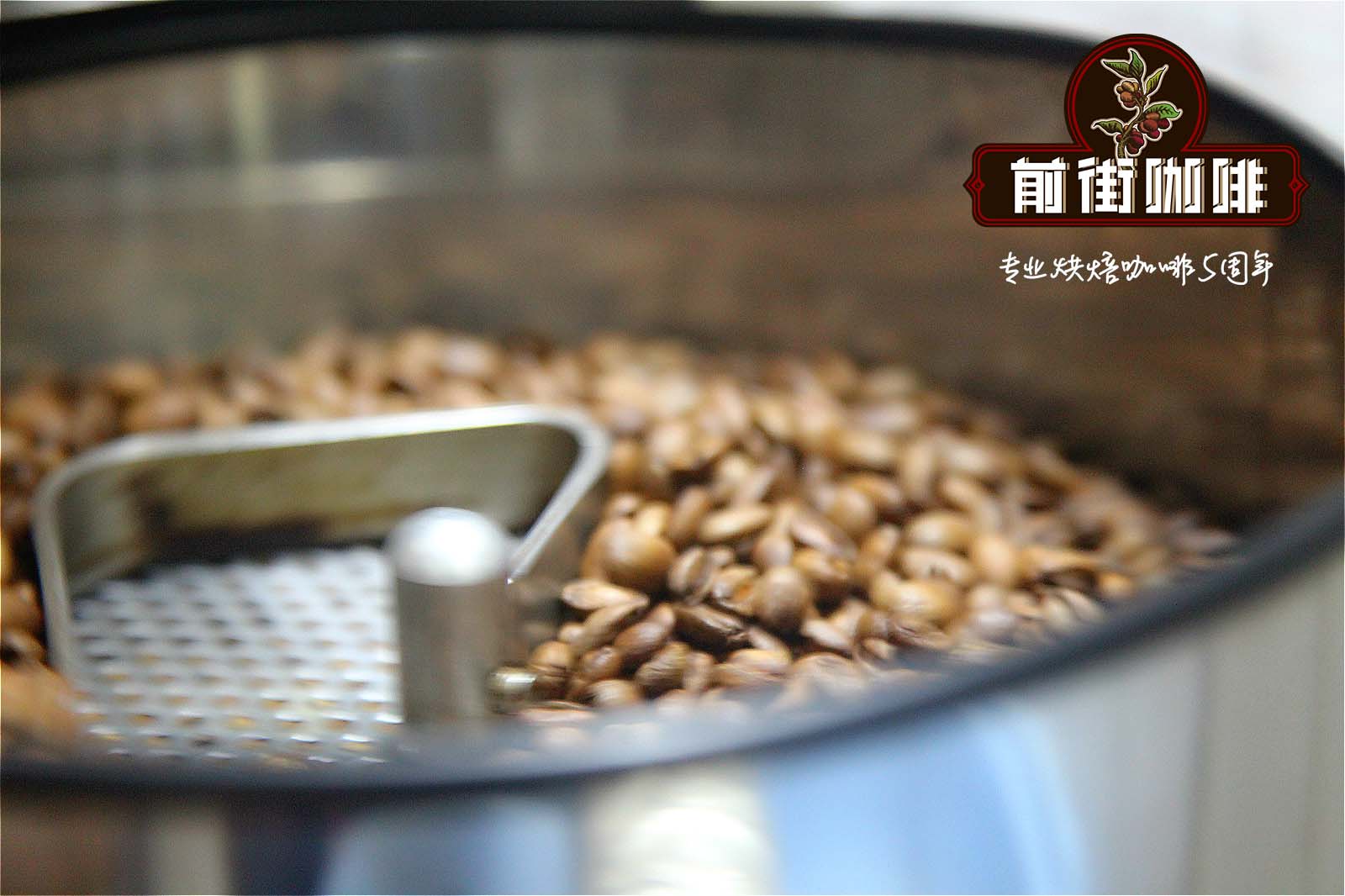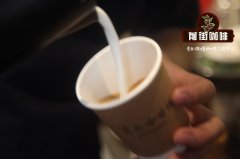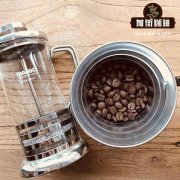Revival of Indonesian Coffee Variety characteristics of Indonesian Coffee Brand Sulawesi Coffee production area

Professional coffee knowledge exchange more coffee bean information please follow the coffee workshop (Wechat official account cafe_style)
Sulawesi Coffee-the Revival of Toarco Jaya Indonesian Coffee
Sulawesi, known as Celebes in Dutch colonial times, is one of the large islands in the multi-island country of Indonesia, located in the northeast of Tali, across the ocean from the familiar island of Sumatra, but at about the same latitude. Unlike other Indonesian islands, Sulawesi is geologically very old, dating back to 100 million years ago! The iron-rich soil is very suitable for growing coffee, which has been grown by the locals before the colonial era.
Toraga is located in South Sulawesi, just at the equator, near the towering Sesean Mountains, lush forests and extremely beautiful scenery. The Toraga people, who have lived in this highland for generations, are independent and are said to be descendants of cross-sea traders in the Indo-China Peninsula (perhaps Cambodia). They crossed the sea and came to the highlands of Sulawesi to abandon fishing and go to farming. Over the centuries, they have maintained a unique cultural identity, keeping their own language, customs, religions and complex funeral customs. The Toraga people have exquisite craftsmanship. They build their houses very much like their ancestors' sea boats, called tongkonan, and are world-famous.
In the early 18th century, the Dutch East India Company introduced Typica coffee from Ethiopia in East Africa to Indonesia through India. Tibica is considered to be an ancient and noble variety with a fragrant and sweet flavor. Jember, a Surabaya coffee research institute in East Java, has worked hard to promote the ancient Typica left by the Dutch, as well as the Tibica variant S795 (locally known as Kopi Jember). However, in order to resist the spread of leaf rust in northern Sumatra, Aceh and other producing areas, S795 has been pulled up one after another to plant Robusta, Ateng and Catimor with strong disease resistance and high yield, at the expense of these new varieties with far inferior flavor.
The Toraga of Sulawesi, because of their independence, were lucky to never eradicate their Tibica or S795.
The emphasis on accuracy of detail is reflected in coffee cultivation, which makes Toraga a unique coffee producing area in Indonesia. They retain ancient coffee trees, some as old as 250 years old, where the Japanese operated coffee plantations before World War II. The war broke out, the coffee garden was forced to close, and Toraga coffee became a legend of disappearance, and production did not resume until after the war, but production was limited. Before the 1980s, the price of raw beans was as high as $12. After the increase in acreage, the price gradually decreased.
Sulawesi coffee production accounts for about 2% of Indonesia, and the varieties are old typeica, S795 and Jember-related varieties.
Wet plucking is a traditional post-processing method, which will make raw coffee beans show the unique dark green of traditional Indonesian beans. However, many producers have switched to the Central American washing method, which helps to increase production and quality.
The main producing areas are:
Mamasa, Tana Toraja, Gowa and Sinjal, Enrekang, among which Toraja is more widely known.
Joint Venture of Japan and Indonesia established TOARCO in Toraga in 1976 to introduce traditional washing methods to Sulawesi to encourage local farmers to continue to grow Tibica and Tibica mixtures. Local small farmers can be certified by Toarco if they meet the production standards set by Toarcos, which cover planting, harvesting, storage, transportation and drying. Toraga's altitude is already quite high, coupled with superior bean seeds and treatment, it can be said to be the best of Indonesian beans.
In most parts of Indonesia, the traditional semi-washing "wet planing" (wet-hull method; locally known as Giling Basah) is used. Small farmers do not have the money to build washing plants. In order to buy processing time, when the beans are still quite wet, they usually sell them to middlemen on the market and then resell them to large processing plants. In this process, the fruit flavor and aroma of coffee are often gone, but with a special soil flavor and grass flavor. In order to give full play to the dominant flavor of Tibica beans, TOARCO introduced the Central and South American washing method instead of the wet planing method.
Qianjie coffee: Guangzhou bakery, the store is small but a variety of beans, you can find a variety of unknown beans, but also provide online store services. Https://shop104210103.taobao.com
Important Notice :
前街咖啡 FrontStreet Coffee has moved to new addredd:
FrontStreet Coffee Address: 315,Donghua East Road,GuangZhou
Tel:020 38364473
- Prev

Introduction to the cultivation of flavor characteristics of Sulawesi coffee beans in Sulawesi coffee producing area of Indonesia
Professional coffee knowledge exchange more coffee bean information please follow Coffee Workshop (Wechat official account cafe_style) Sulawesi Island (Celebes/slbiz/) is a large island in eastern Indonesia. Sulawesi is the 11th largest island in the world by area, with a total area of 174600 square kilometers. It is located in eastern Indonesia and the southern Philippines.
- Next

How do you drink Hawaiian coffee? Hawaiian Coffee Brand-is Hawaiian Kona Coffee good?
As for Hawaiian coffee, in the early days, due to the Japanese pursuit and the successful marketing of Kona on the island of Hawaii (commonly known as Big Island), most consumers mistook Kona for Hawaiian coffee. In fact, the so-called Kona coffee refers to 100% coffee produced in Kona producing areas. (there are also 10% of coffee beans in other regions mixed with coffee beans from 10%Kona producing areas.
Related
- Does Rose Summer choose Blue, Green or Red? Detailed explanation of Rose Summer Coffee plots and Classification in Panamanian Jade Manor
- What is the difference between the origin, producing area, processing plant, cooperative and manor of coffee beans?
- How fine does the espresso powder fit? how to grind the espresso?
- Sca coffee roasting degree color card coffee roasting degree 8 roasting color values what do you mean?
- The practice of lattes: how to make lattes at home
- Introduction to Indonesian Fine Coffee beans-- Java Coffee producing area of Indonesian Arabica Coffee
- How much will the flavor of light and medium roasted rose summer be expressed? What baking level is rose summer suitable for?
- Introduction to the characteristics of washing, sun-drying or wet-planing coffee commonly used in Mantenin, Indonesia
- Price characteristics of Arabica Coffee Bean Starbucks introduction to Manning Coffee Bean Taste producing area Variety Manor
- What is the authentic Yega flavor? What are the flavor characteristics of the really excellent Yejasuffi coffee beans?

